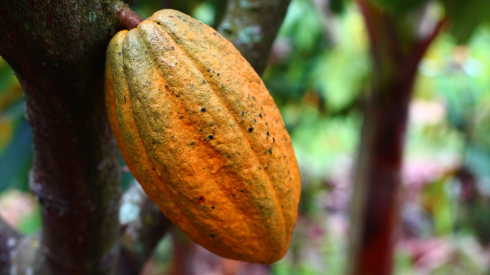CHOCOLATE manufacturers in Spain are having to hike prices to customers due to the escalating cost of cocoa.
Cocoa now fetches over 10,000 US dollars per ton, compared to around 2,900 US dollars a year ago.
The Costa Blanca-based company, Valor, has been forced to increase prices across its range at a time of year when Easter treats are popular.
Company president, Pedro Lopez, said: “The chocolate market is going to suffer a lot and it’s going lead to unavoidable increases.”

Poor harvests caused in cocoa producing countries, mainly in Africa, are behind the problem.
Western Africa accounts for 70% of the world’s cocoa production but harvests have been the smallest in the last three years as a result of high temperatures, drought and tropical storms.
Last summer, the Ivory Coast suspended cocoa export contracts for the current season due to the damage caused by the El Niño weather phenomenon.
Much of the crop disappeared under heavy rains and raised the price of cocoa by 27%.

Other large producers, such as Ghana, Nigeria and Cameroon, also suffered tropical downpours and destroyed trees that were due to be harvested from October.
The issue now is a lack of rain affecting the harvest between April and September.
The International Cocoa Organization (ICCO) expects a record deficit this year accounting for 400,000 tons of this raw material and companies in the cocoa supply chain are looking elsewhere.
One of the world’s largest cocoa processors, Guan Chong, is seeking cocoa supplies in Ecuador, Peru and Indonesia to compensate for contracts not being fulfilled by African countries.
Chocolate makers are having to pass on increased costs to customers, though some are looking for cheaper substitutes to fill their products.
According to Euromonitor International, 40% of chocolate bars are filled with caramel or fruit as a way to avoid the higher costs.
For example, Nestle and M&Ms have opted to increase caramel or peanut butter levels while Mars has removed 10 grams of chocolate from some of its bars.











